The software package includes 10 virtual laboratory works from the general physics course for students of higher and secondary educational institutions:
The virtual laboratory practice is implemented in the form of a set of cross-platform graphical applications supplied for various operating systems: Microsoft Windows, Linux, MacOS, iOS, Android, as well as web applications based on HTML5 technology, which provide the ability to remotely perform laboratory work in a web browser. The graphical component of the software uses the OpenGL 2.0 programming interface and component base.
Note: for best performance of online-versions of applications, we recommend using the Microsoft Edge web browser.
Goals: study of uniformly accelerated motion of the body depending on the accelerating and accelerated masses.
)
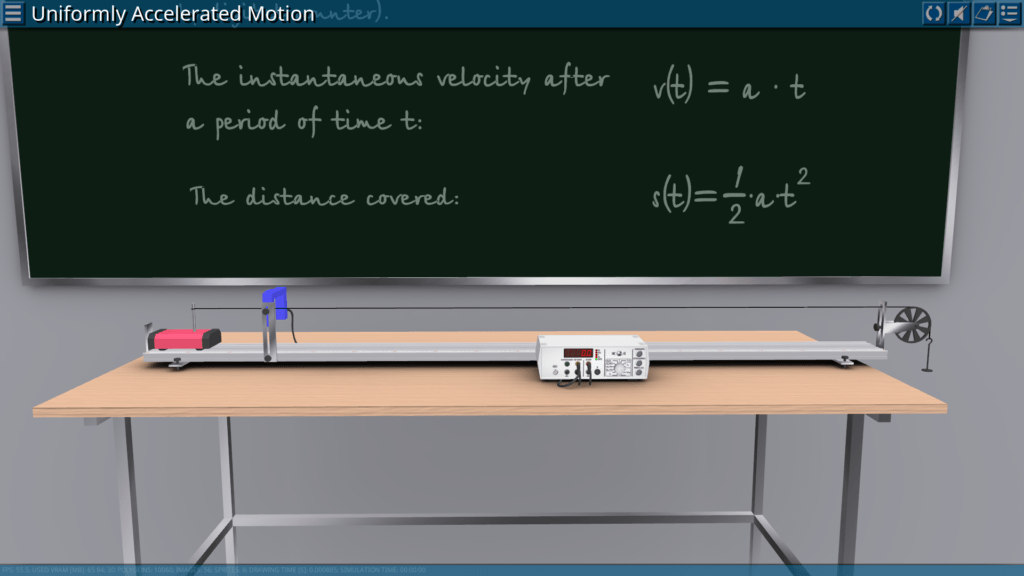)
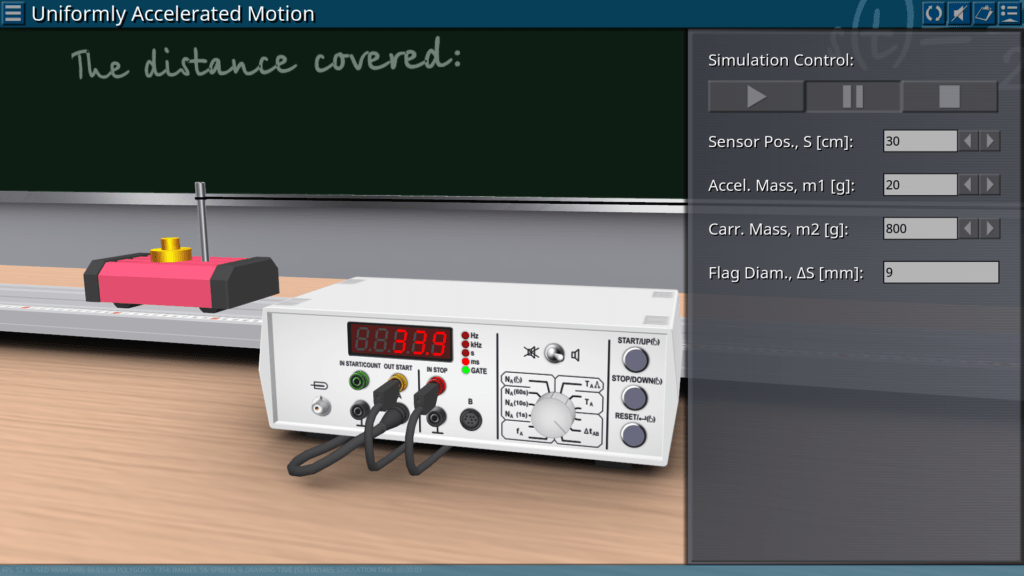)
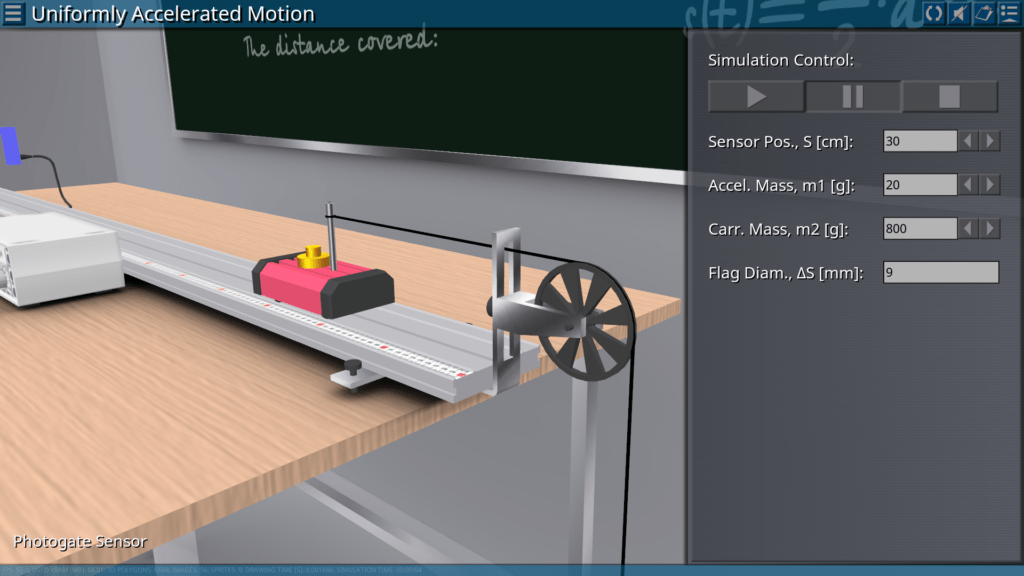)
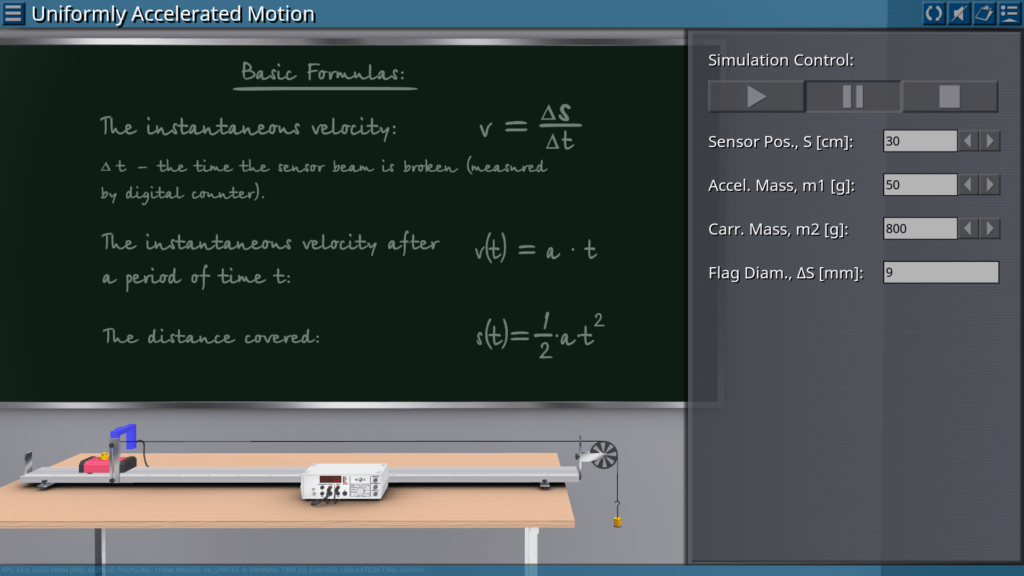)
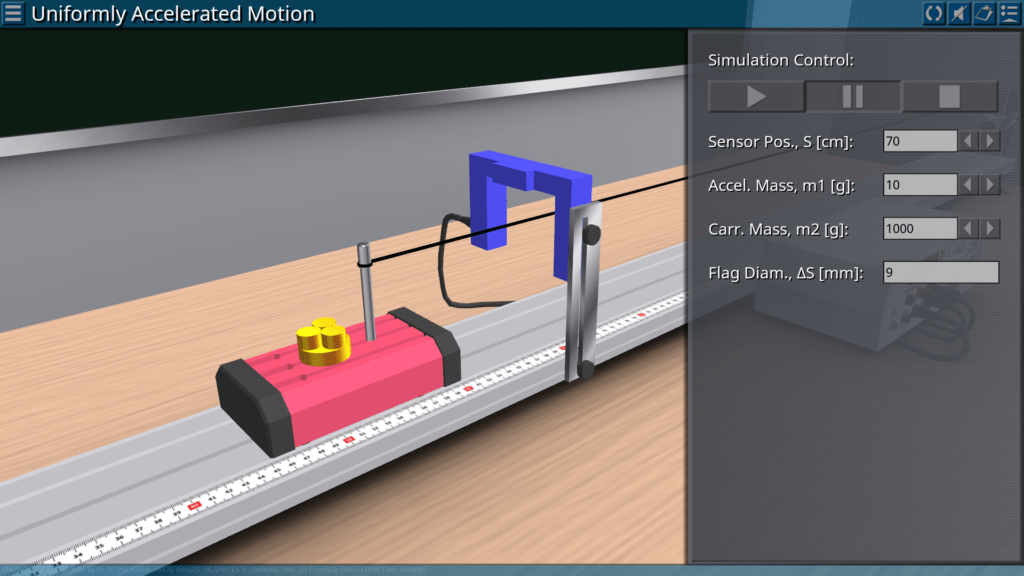)
Goals: distance measurement depending on time; determination of velocity at any given moment in time; determination of acceleration at any given point depending on time; determination of the average acceleration according to the data.
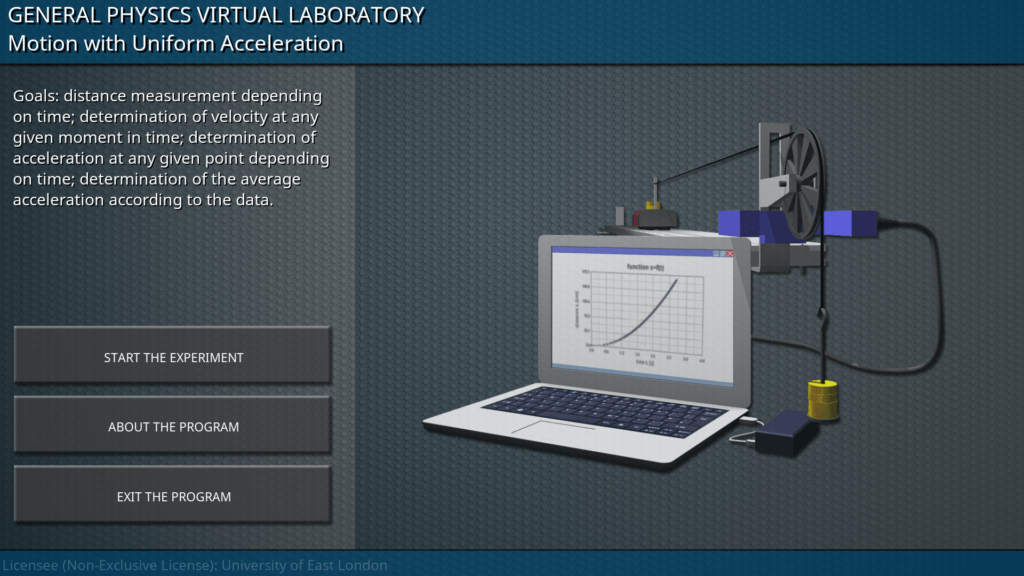)
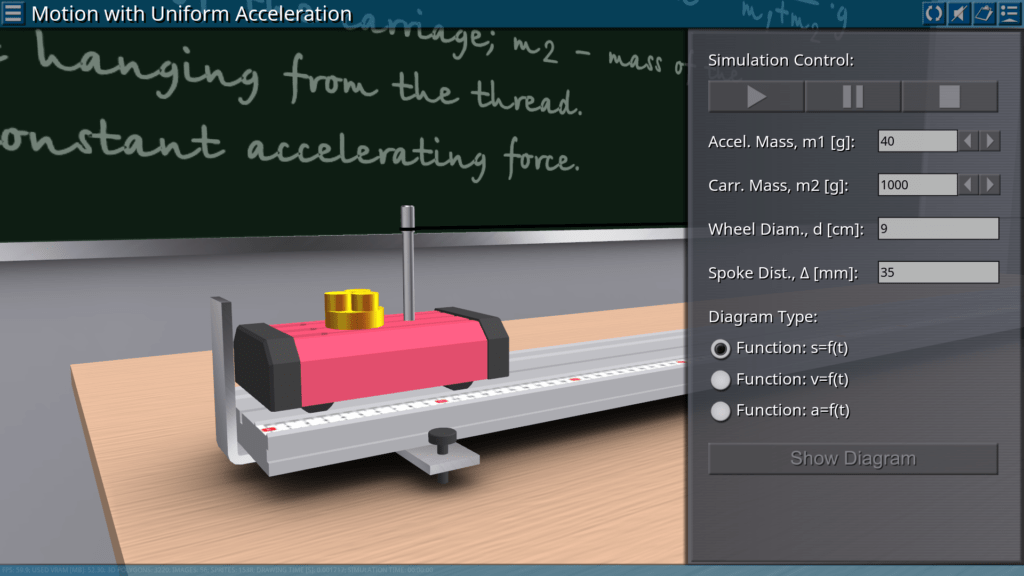)
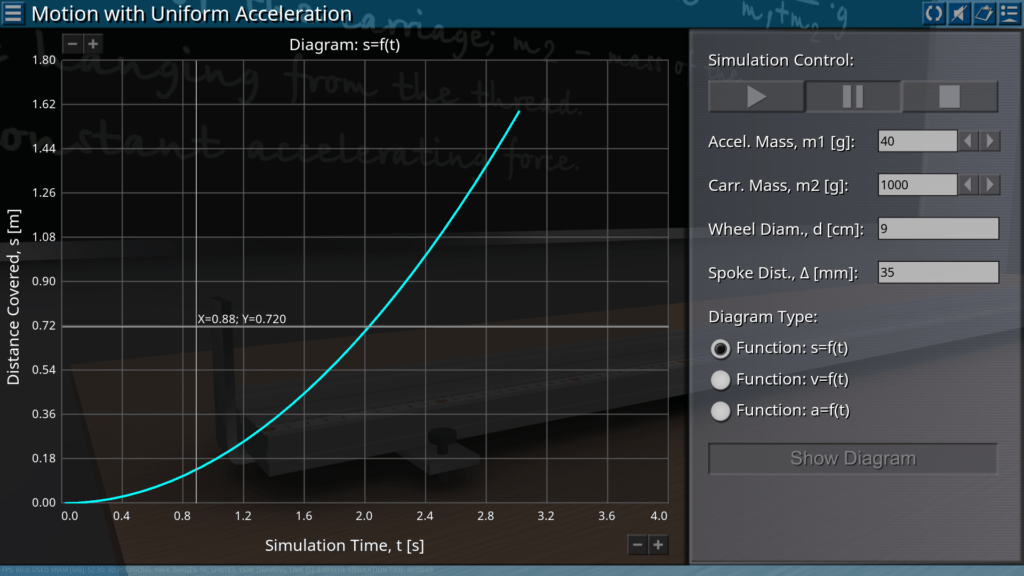)
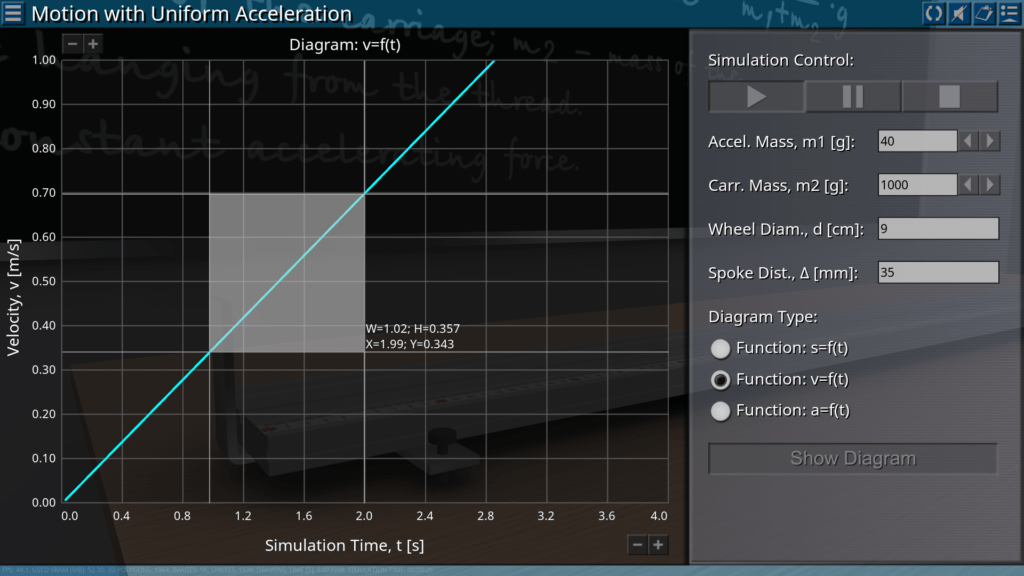)
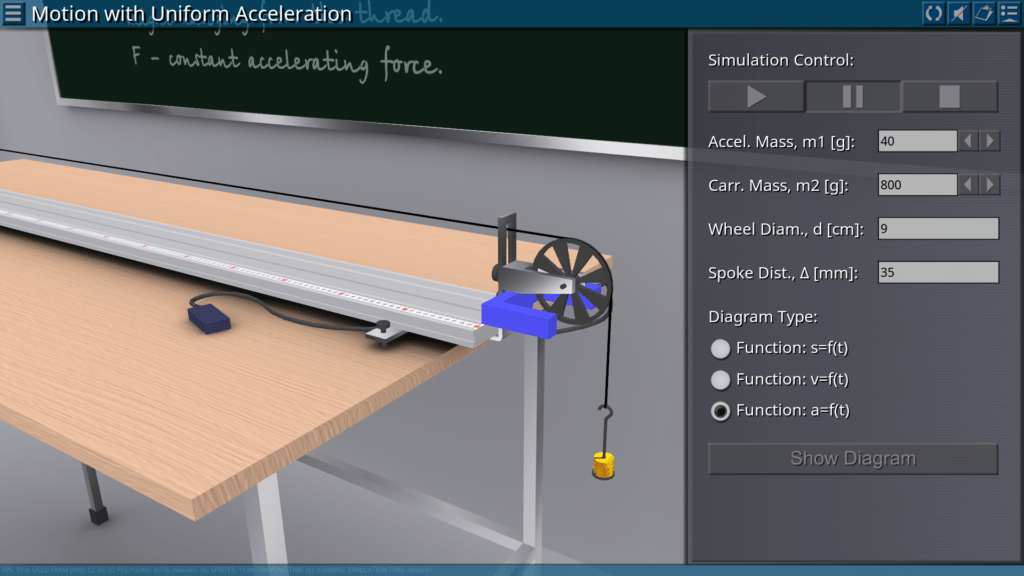)
)
Goals: study of elastic and inelastic collisions of two sliding bodies on an air track; demonstration of momentum conservation for elastic and inelastic collisions and observation of individual impulses for elastic collisions; study of energy distribution in elastic and inelastic collisions.
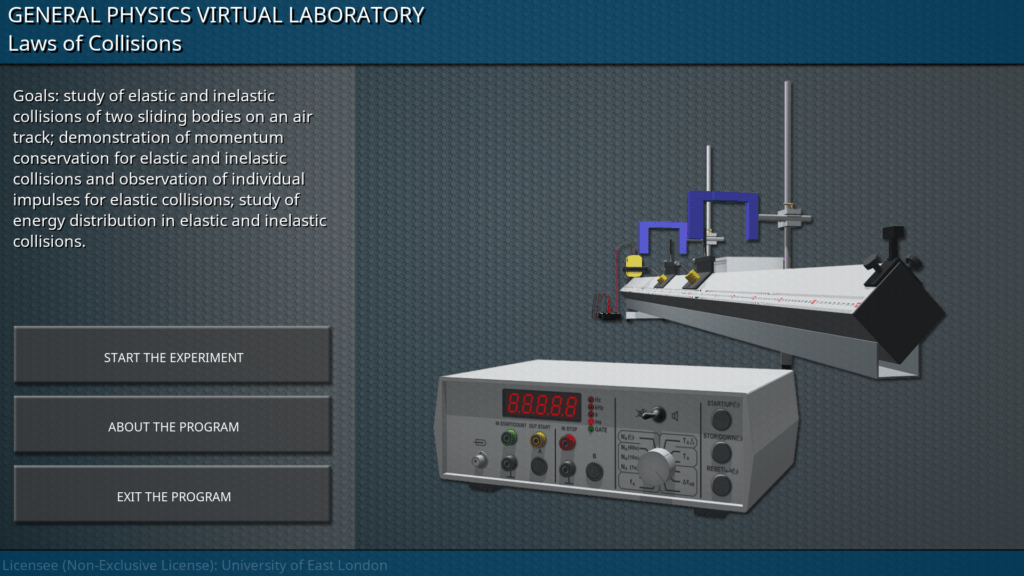)
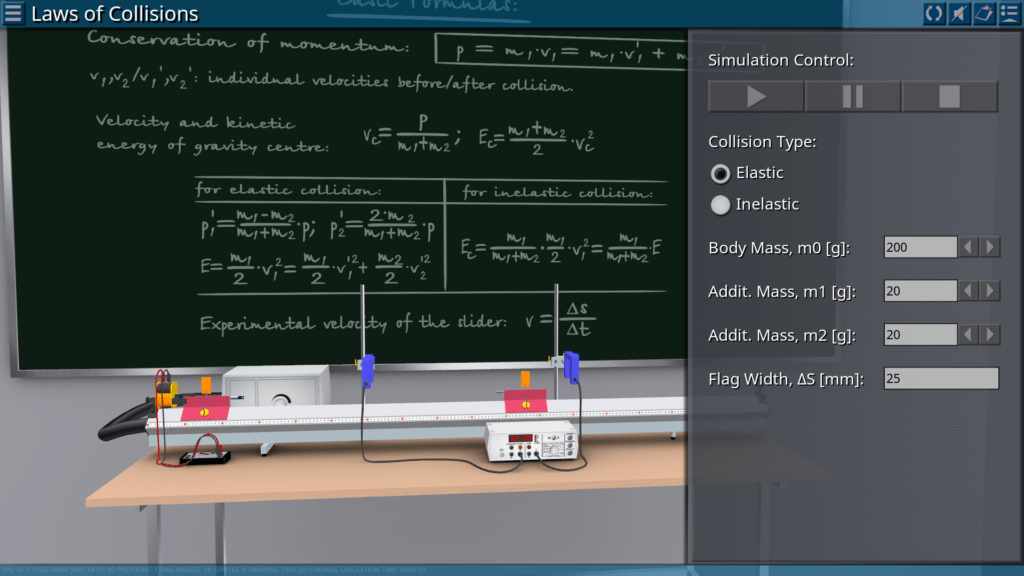)
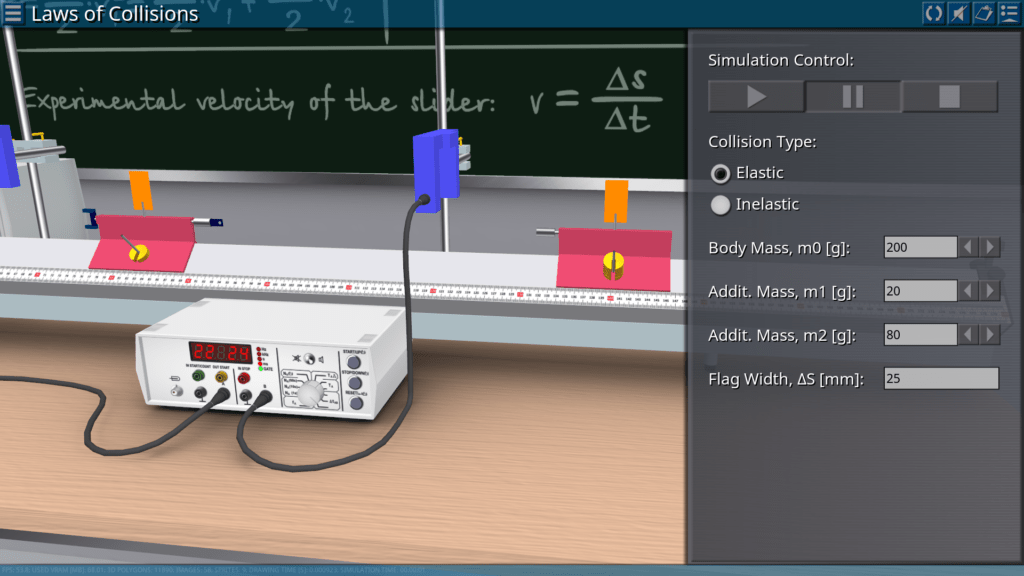)
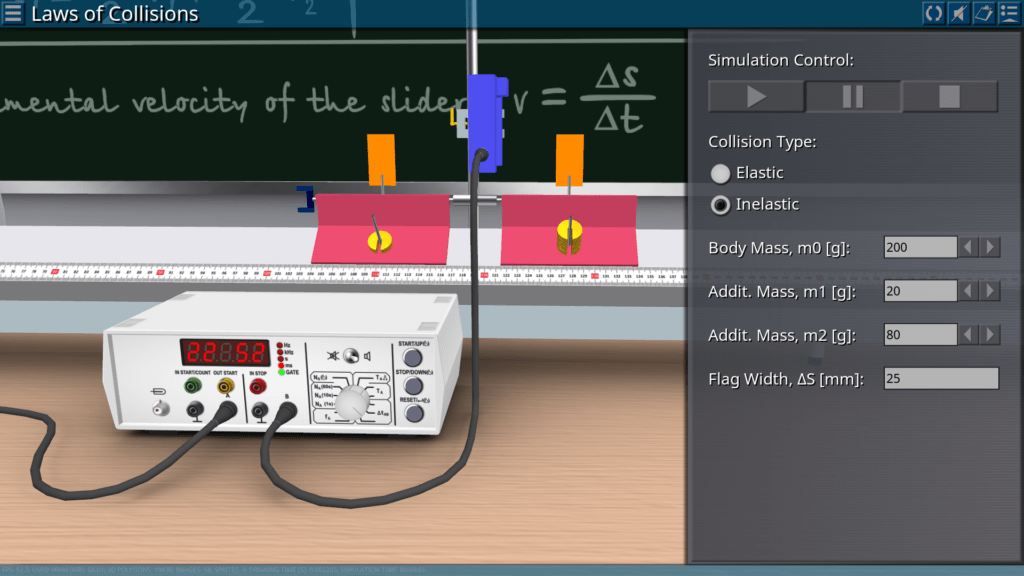)
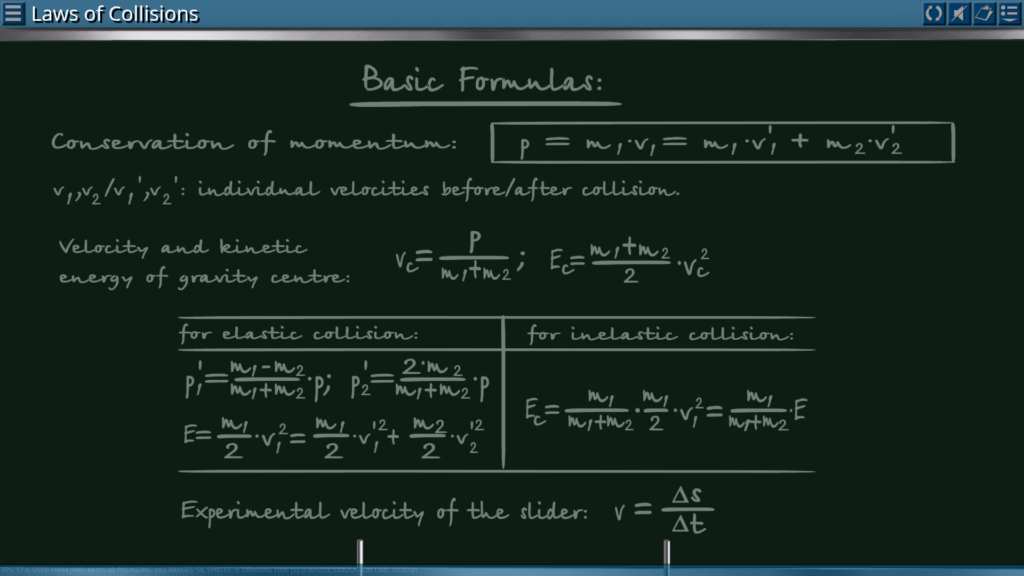)
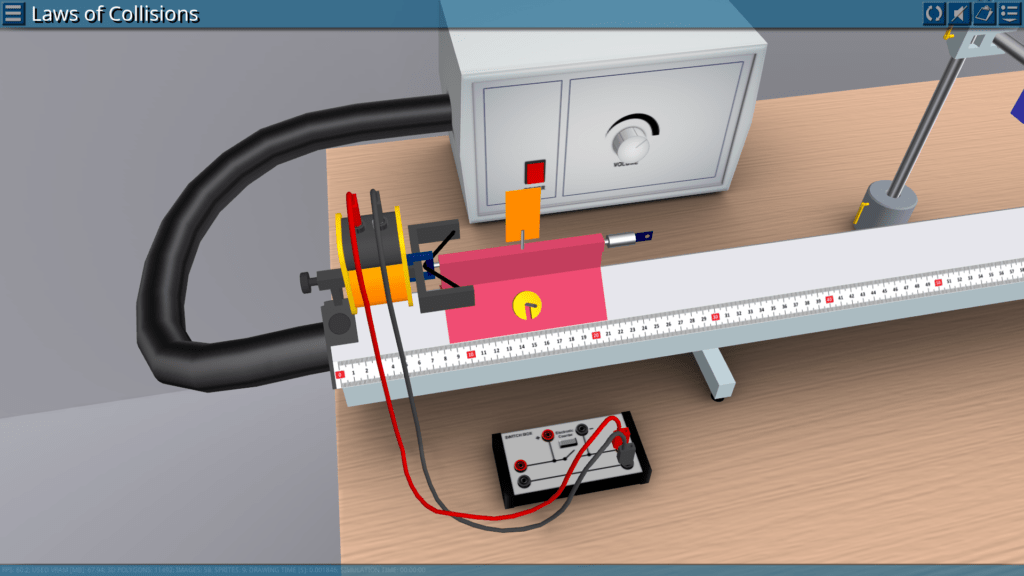)
Goals: measuring the time it takes for the ball to fall to the distance between the release mechanism and the target below; plotting the distance/time diagram for uniformly accelerated movement; demonstration that the distance covered is proportional to the square of time; determination of the acceleration of gravity.
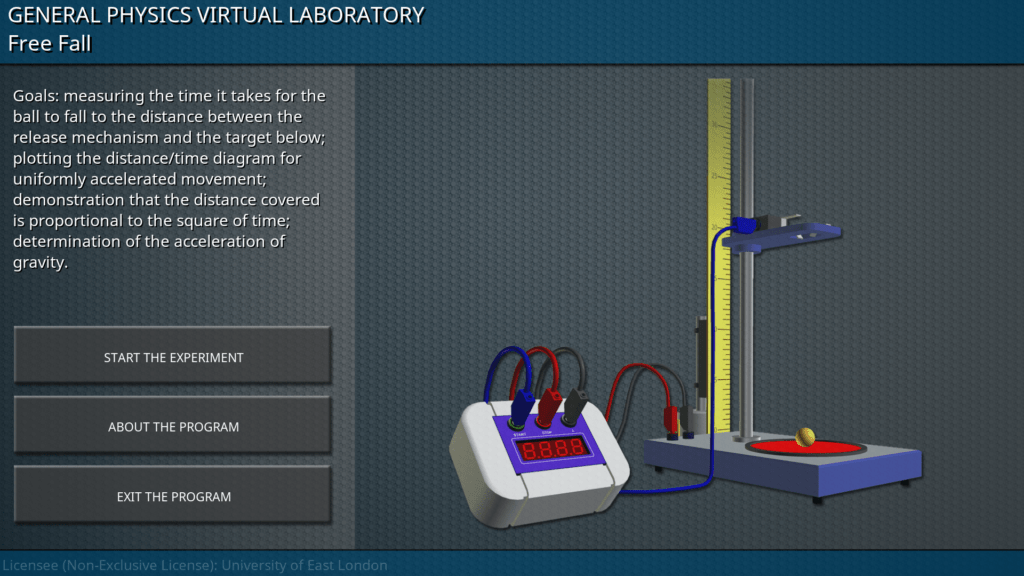)
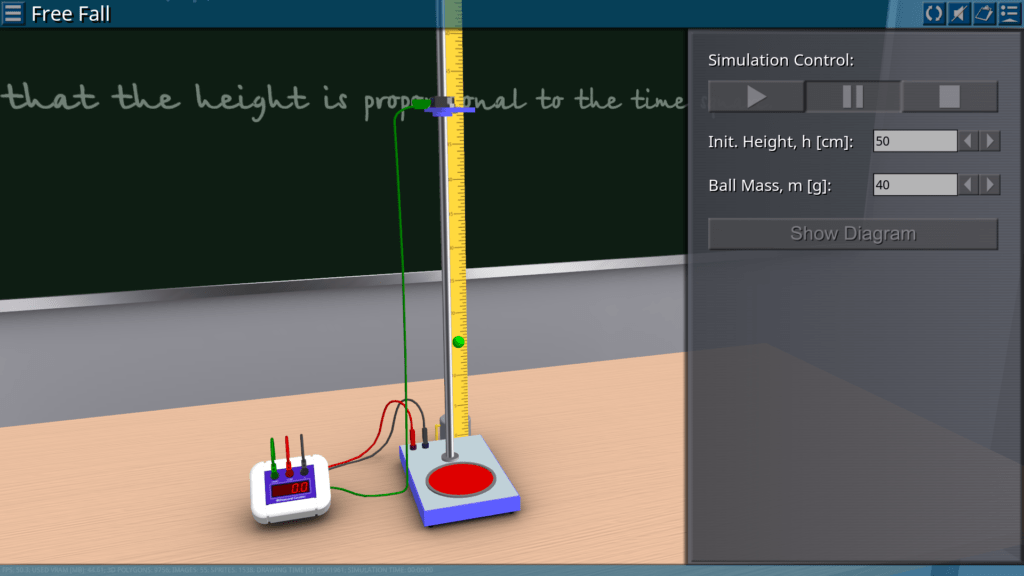)
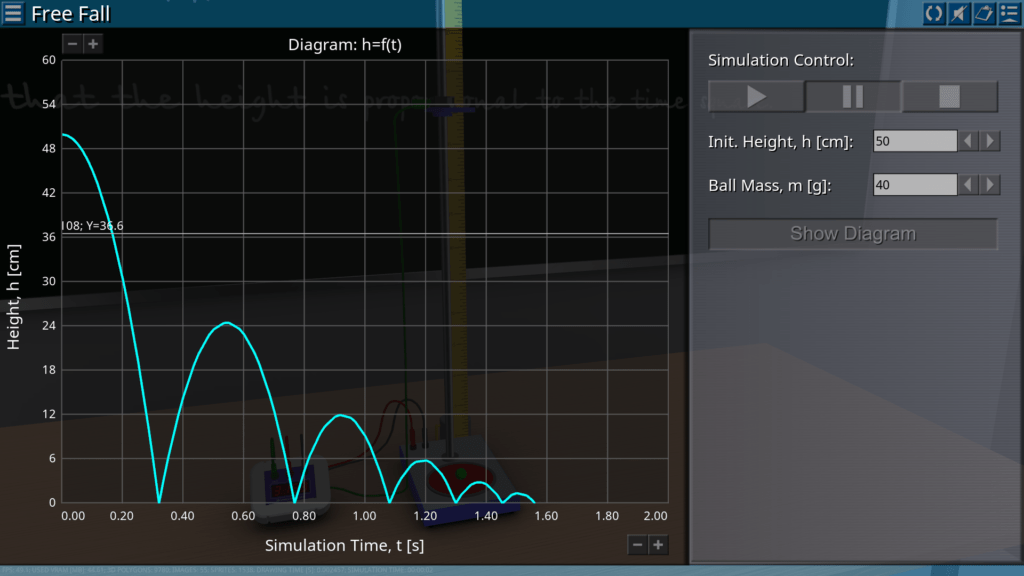)
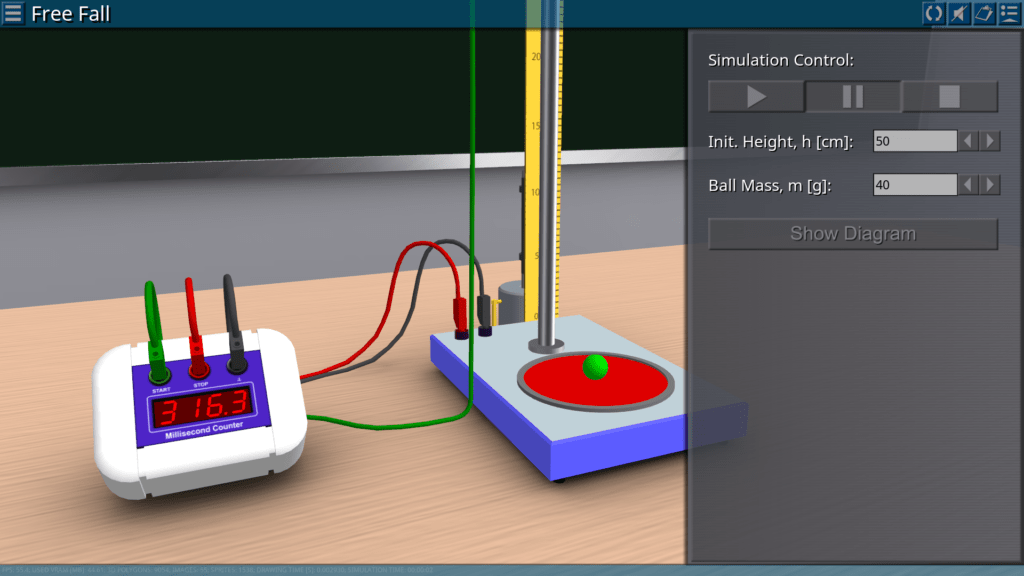)
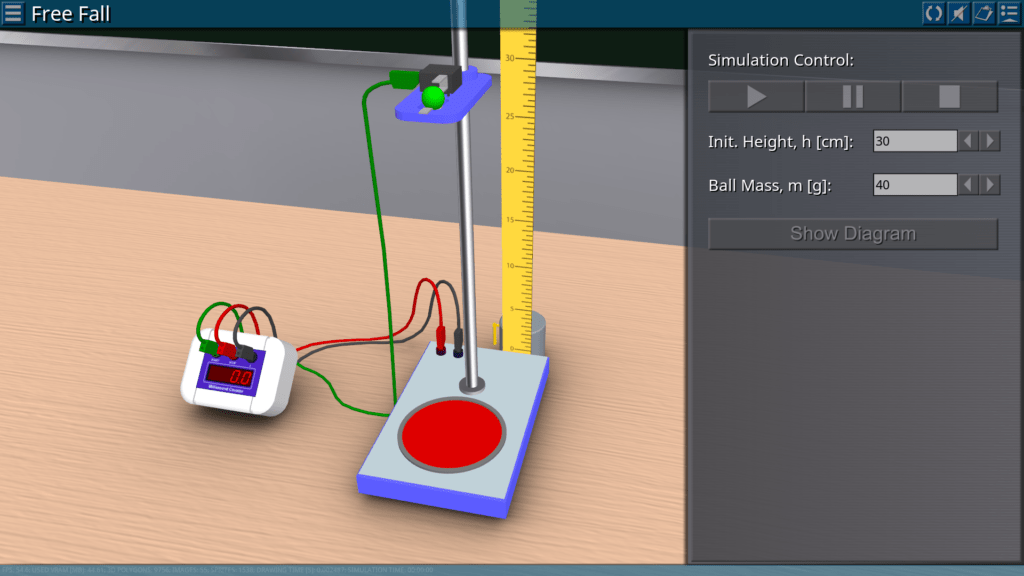)
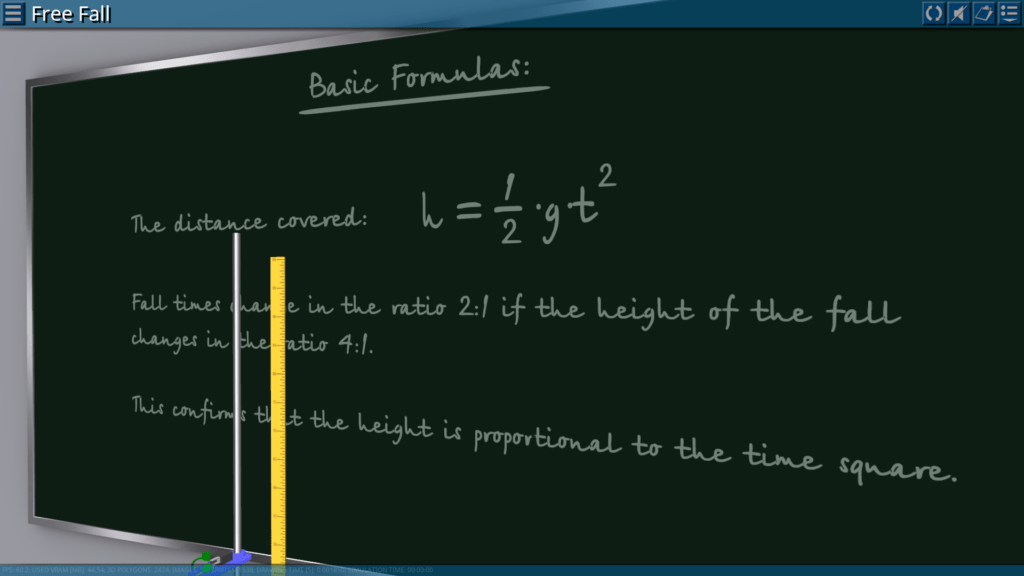)
Goals: measuring the width of the trajectory depending on the angle of throw and initial velocity; calculation of the initial velocity according to the maximum width of the trajectory; constructing along the points of a parabolic path depending on the angle of the throw.
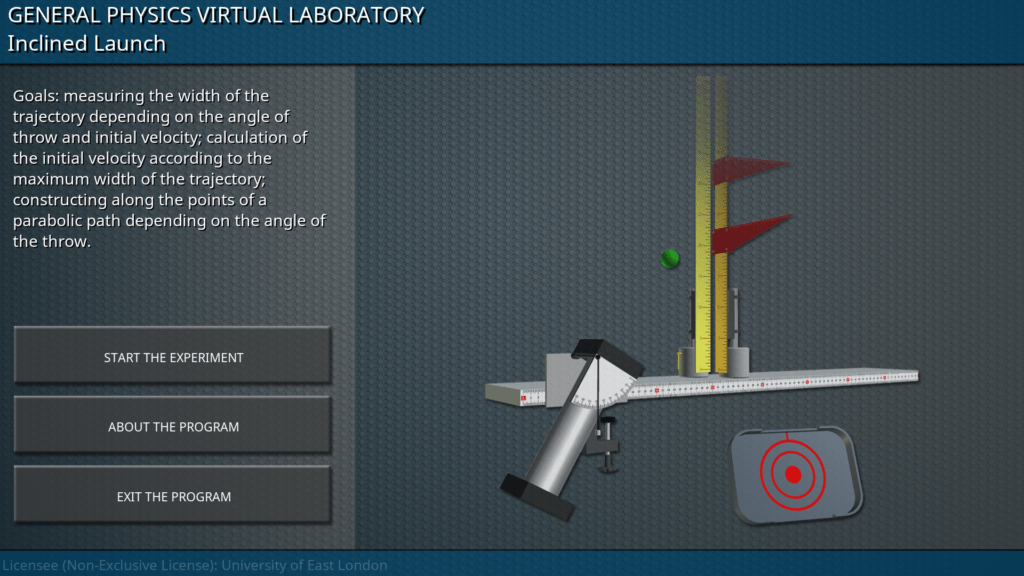)
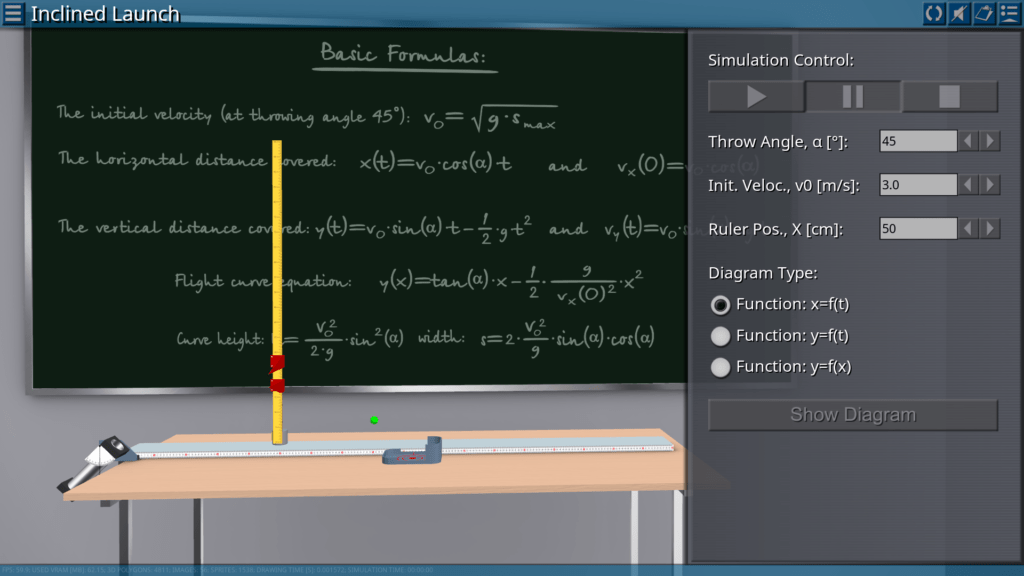)
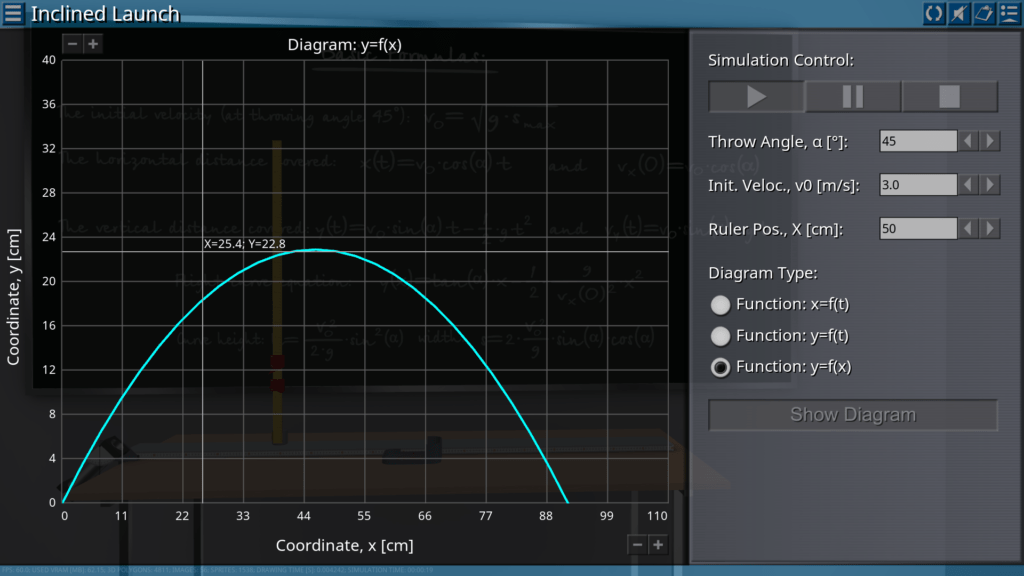)
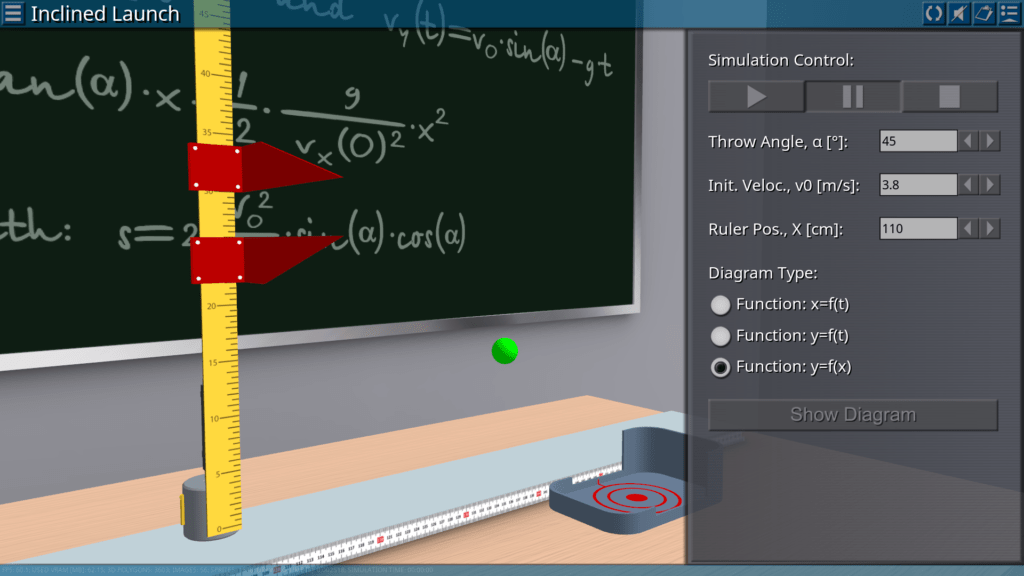)
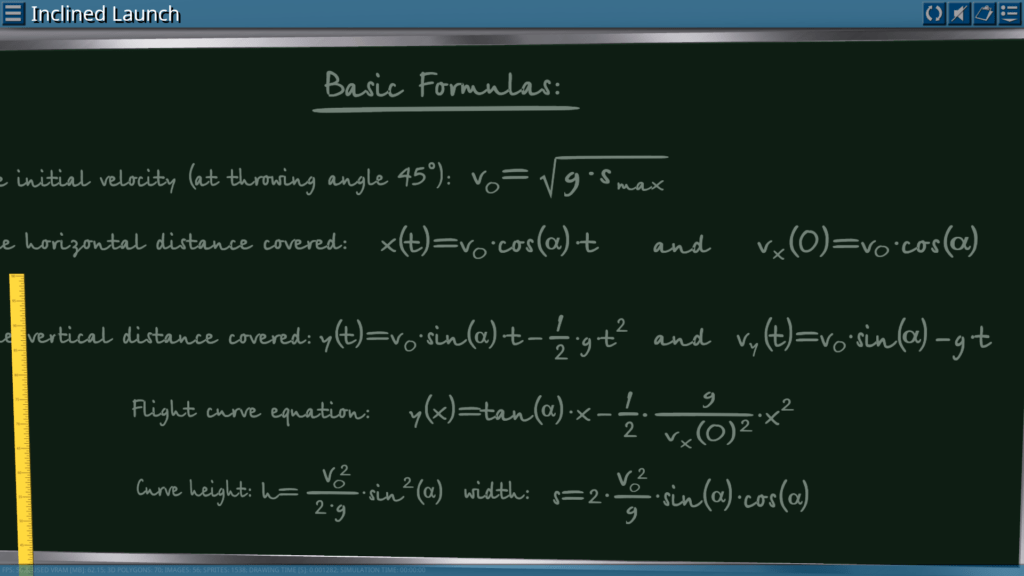)
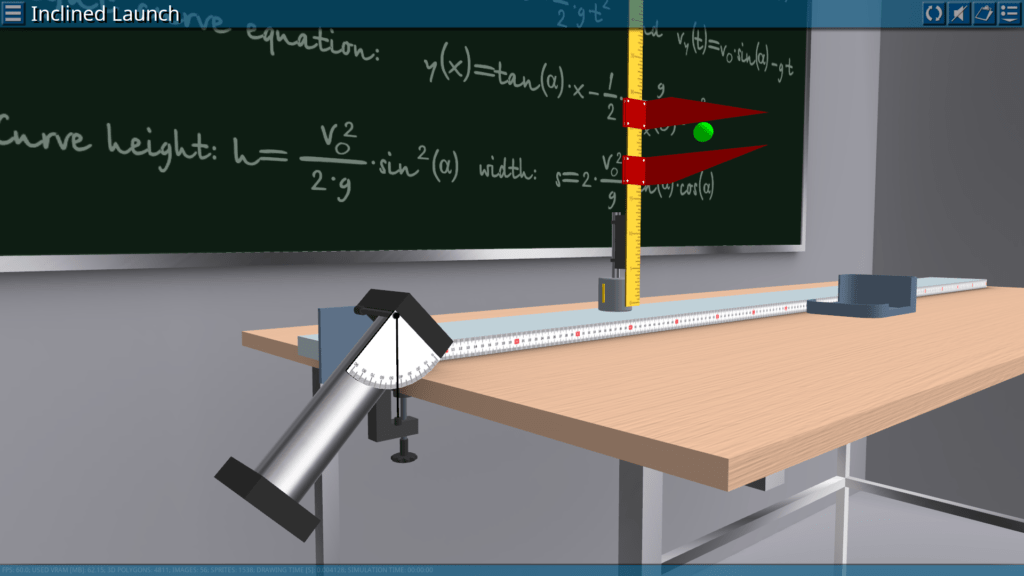)
Goals: demonstration that the period of rotation of the disc is inversely proportional to the period of the gyroscope precession; determination of the moment of inertia of the disc; demonstration that the period of rotation of the disc is proportional to the period of nutation.
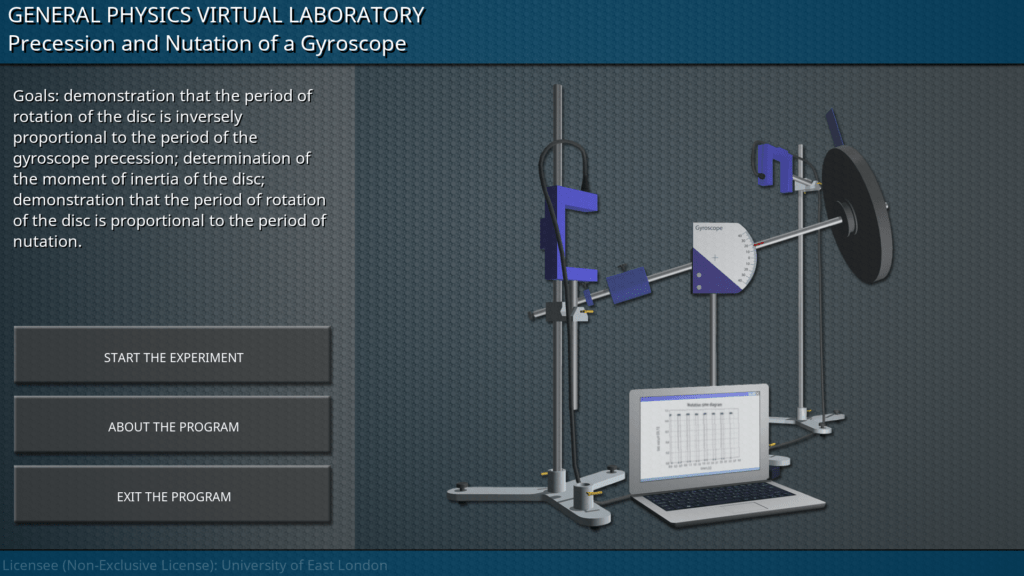)
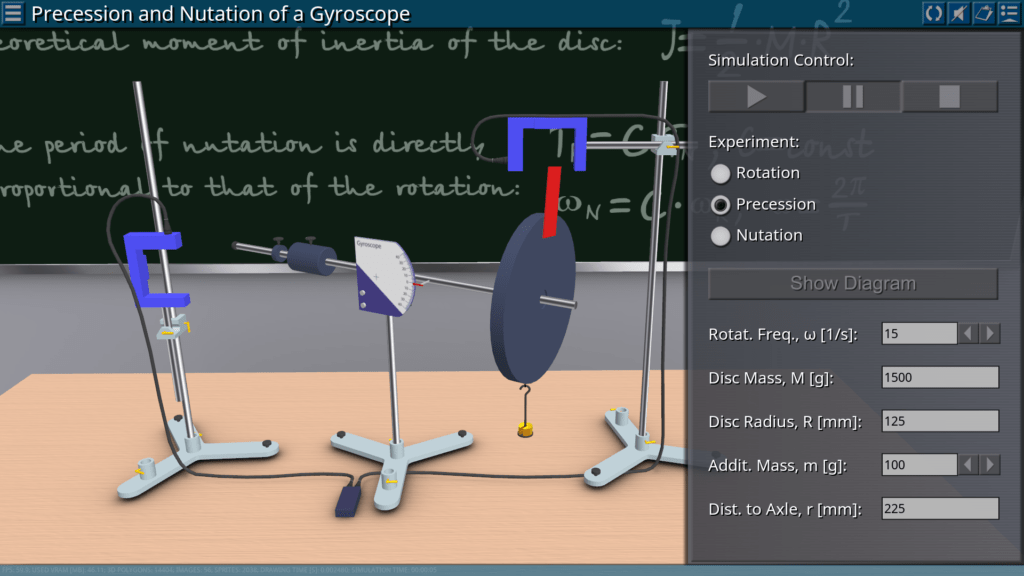)
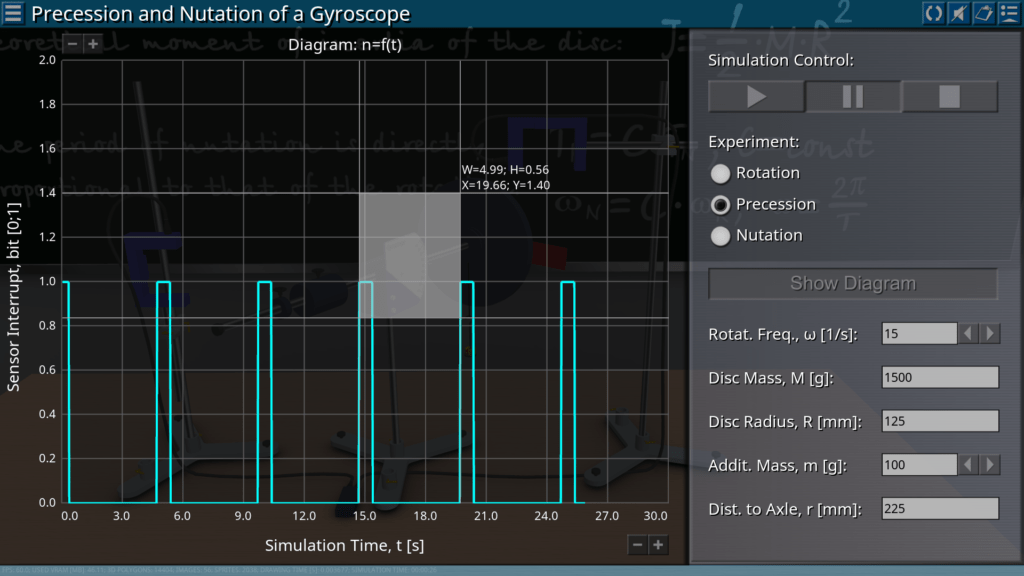)
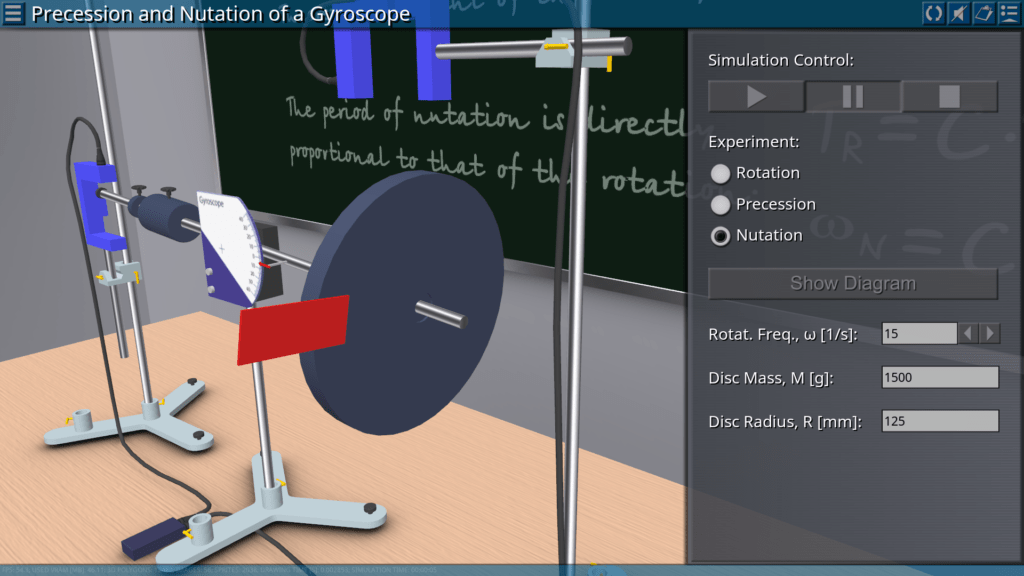)
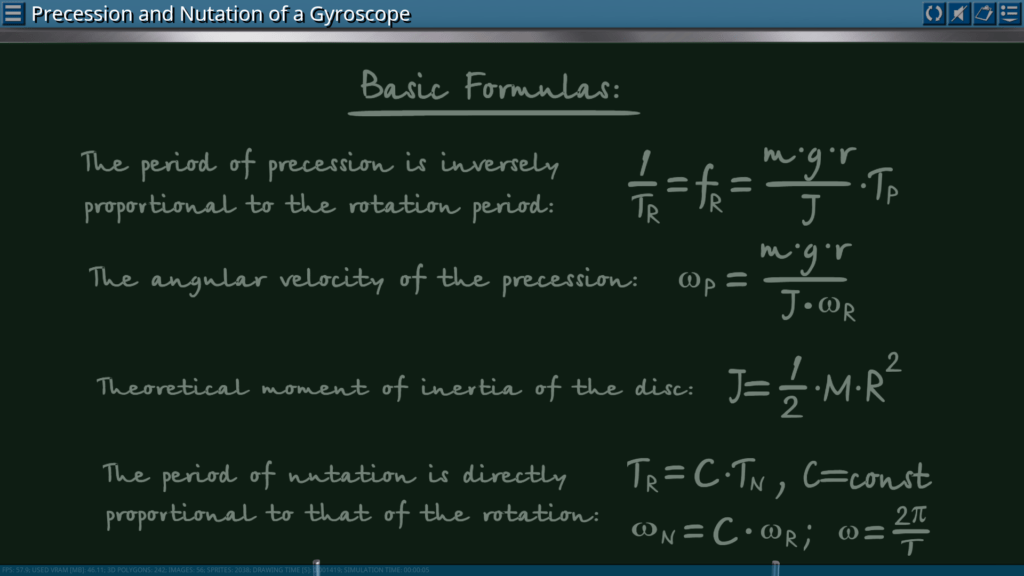)
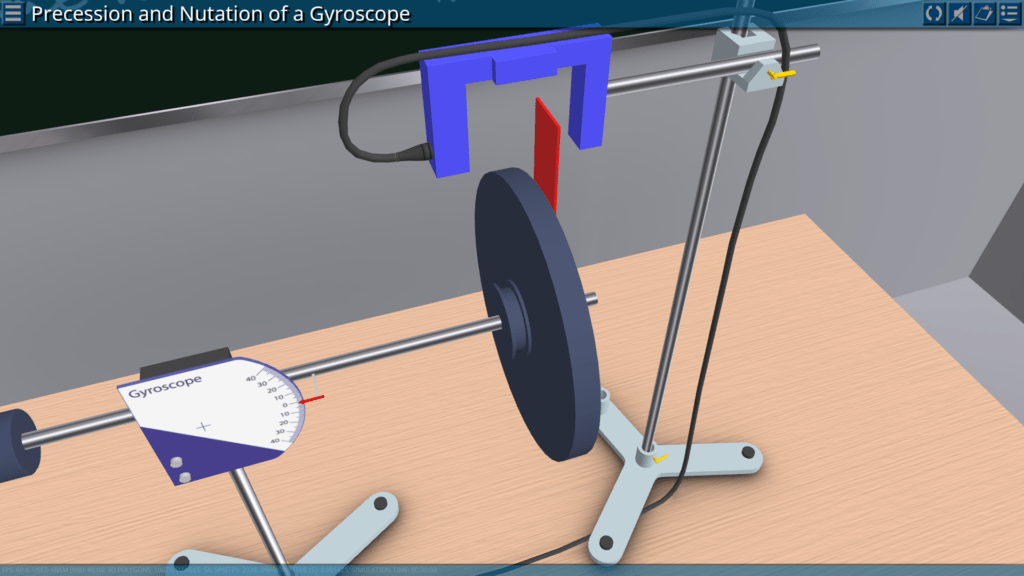)
Goals: plotting the dependence of the angle of rotation on time for uniformly accelerated rotational motion; confirmation of proportionality between the angle of rotation and the square of time; determination of angular acceleration as a function of torque; determination of angular acceleration as a function of the moment of inertia; confirmation of Newton’s equation of motion.
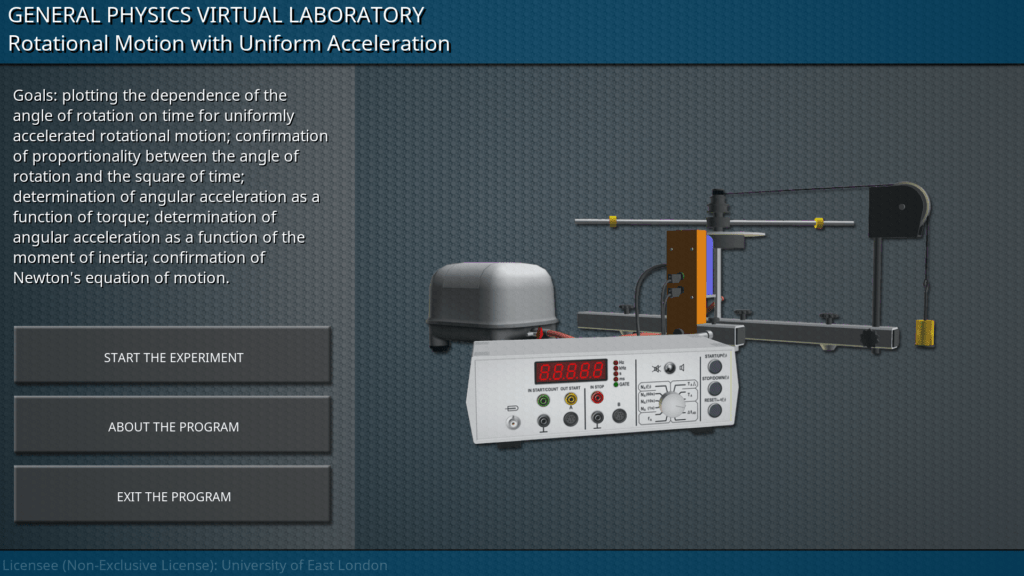)
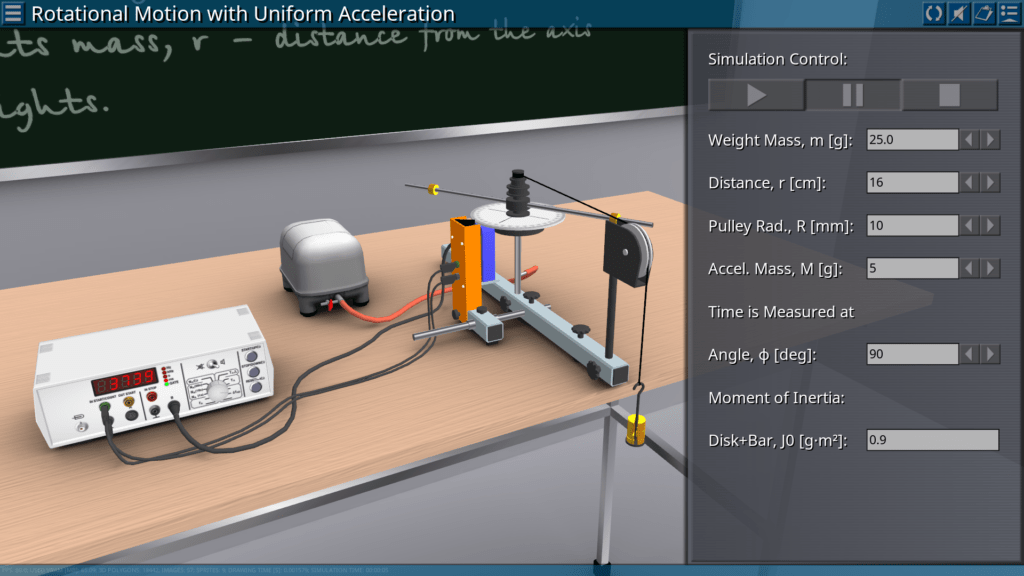)
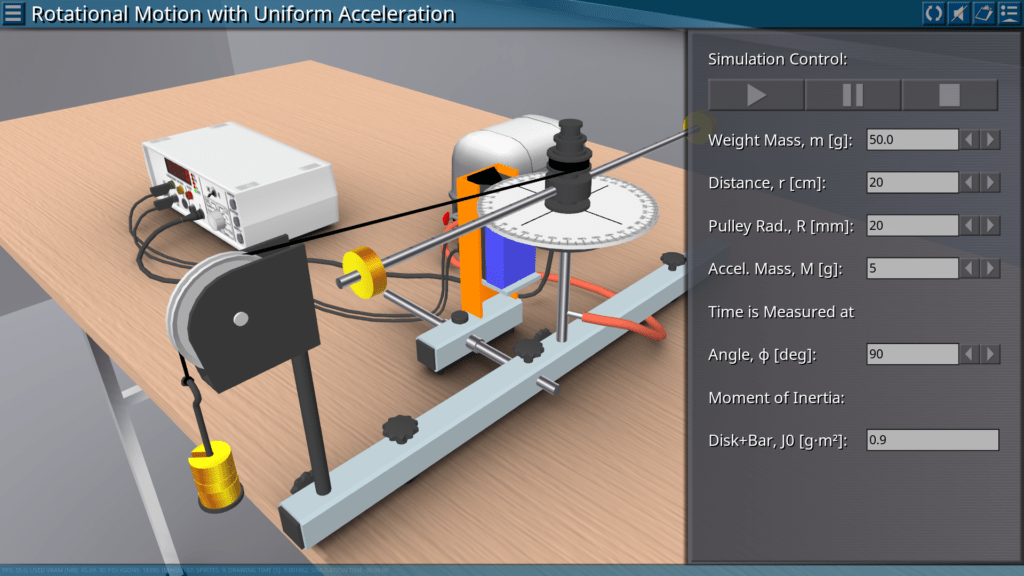)
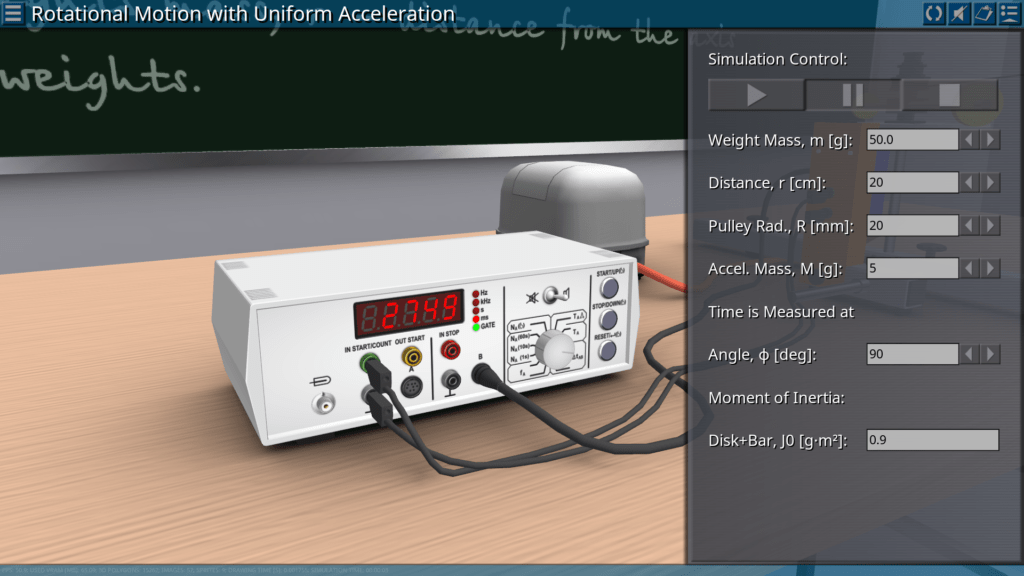)
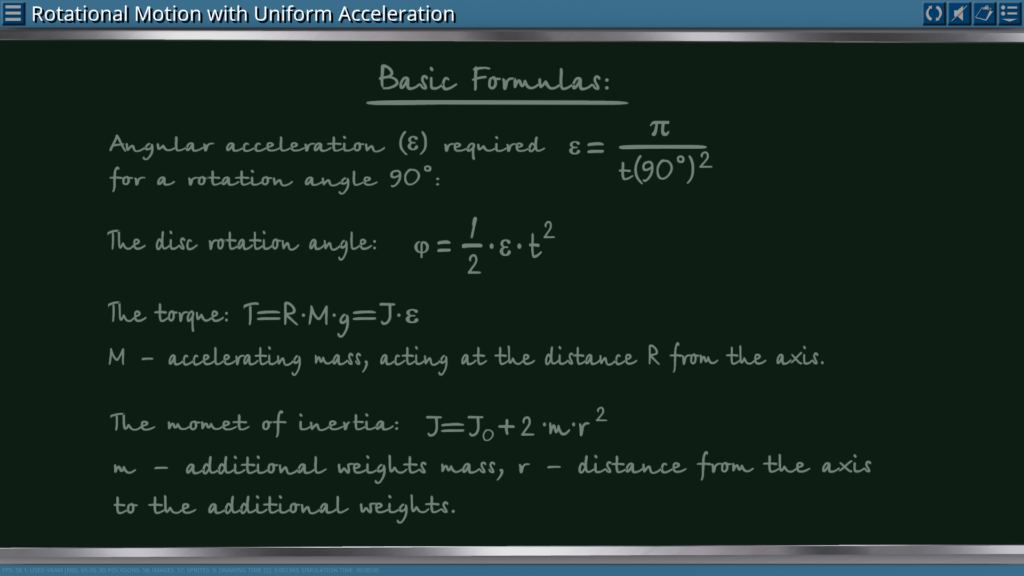)
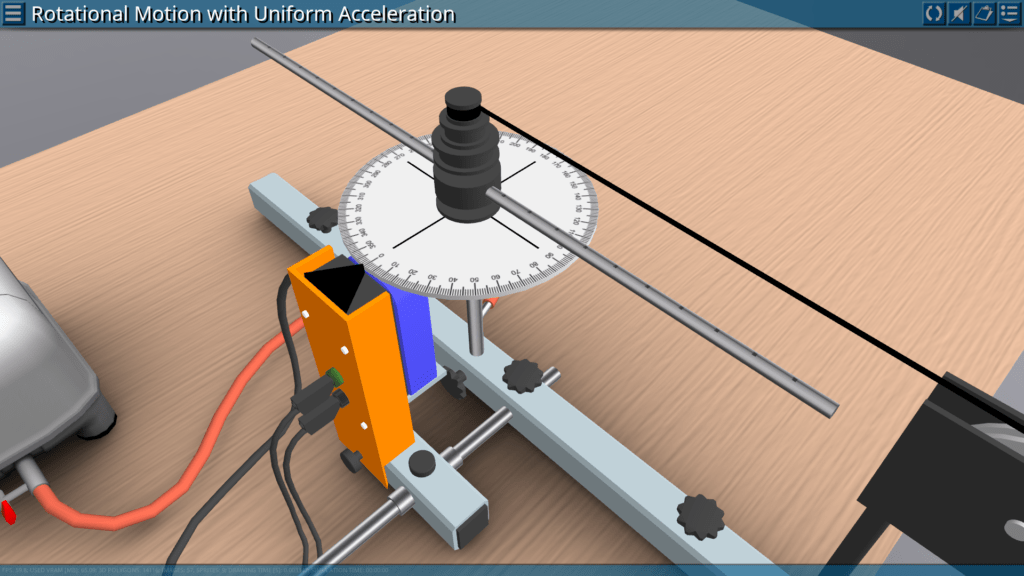)
Goals: determination of the torsional coefficient of the spring; determination of the moment of inertia depending on the distance from additional weights to the axis; determination of the moment of inertia as a function of the mass of the additional weight.
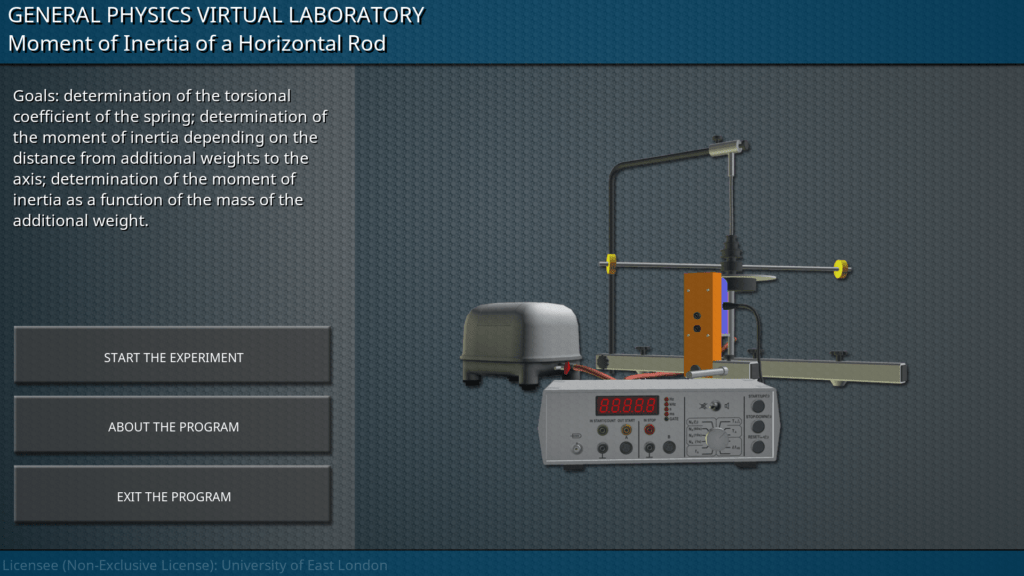)
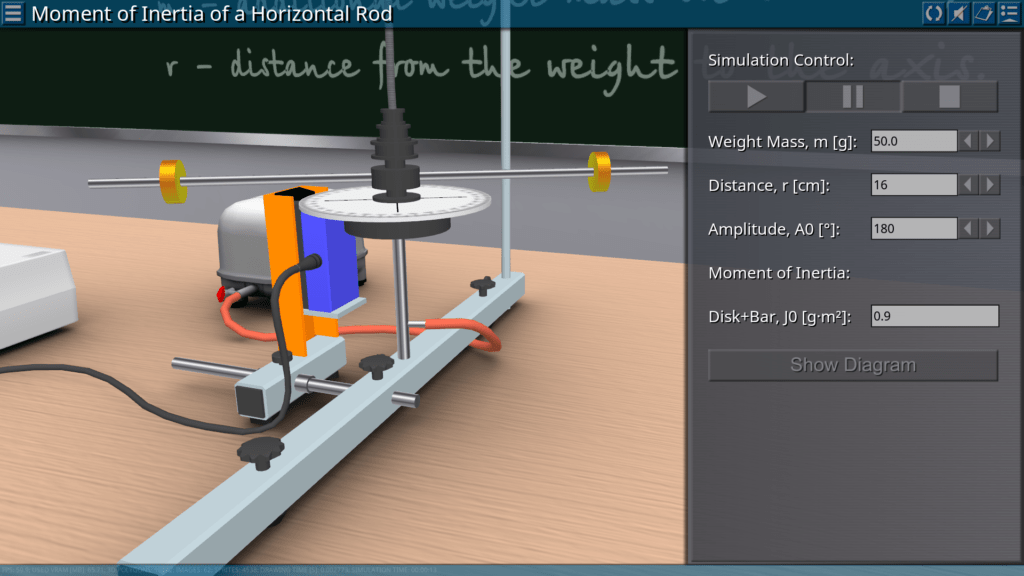)
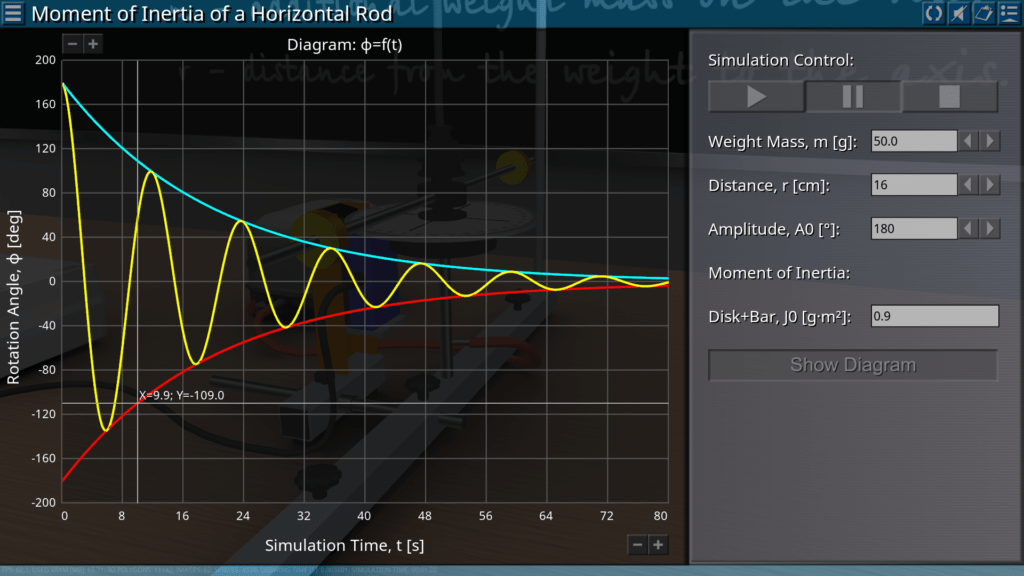)
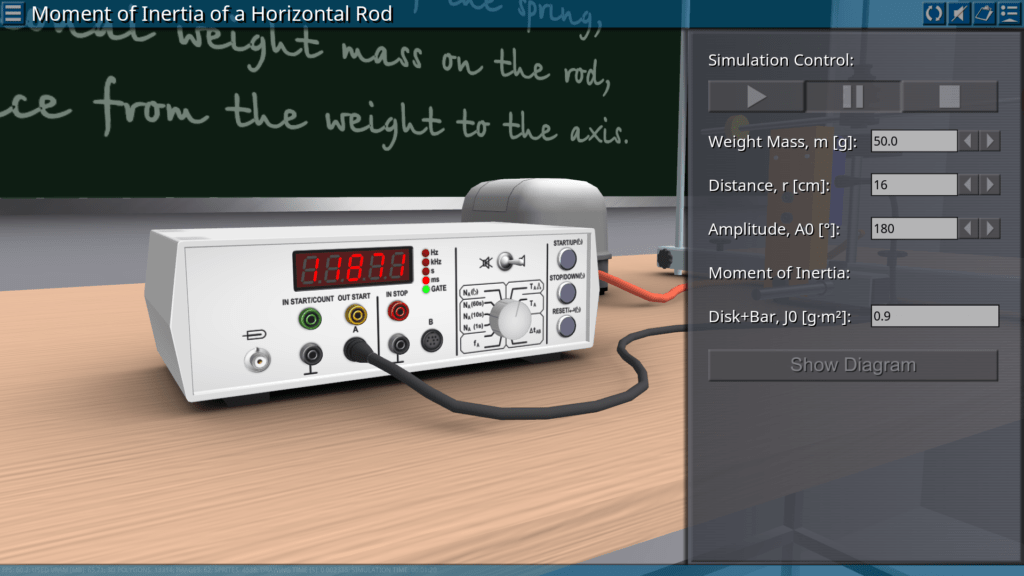)
)
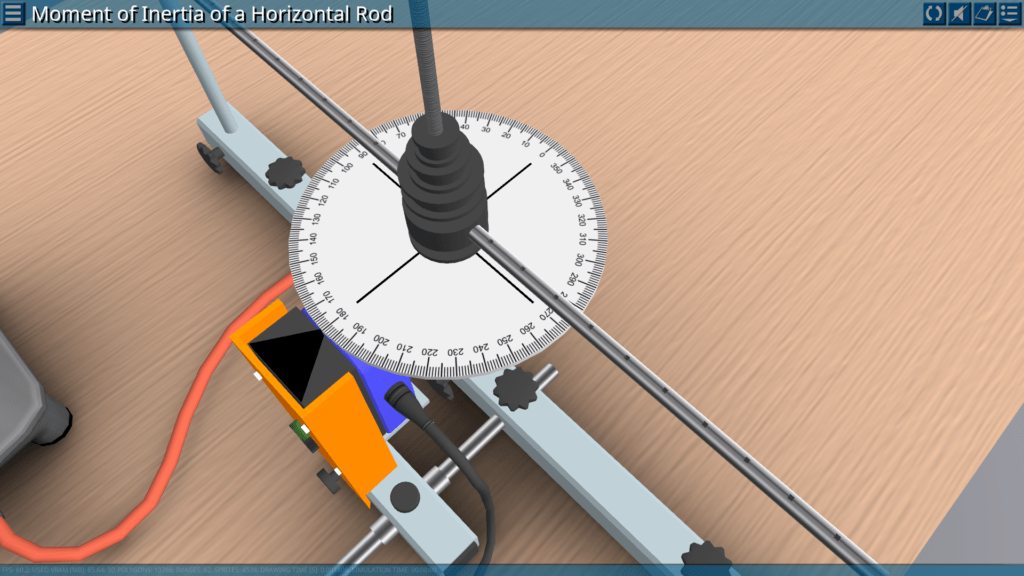)
Goals: determination of the torsional coefficient of the spring; determination of the moment of inertia of the rod without additional weights; determination of the moment of inertia as a function of the distance from the weight to the axis; determination of the moment of inertia for a round wooden disc, wooden sphere, solid and hollow cylinder.
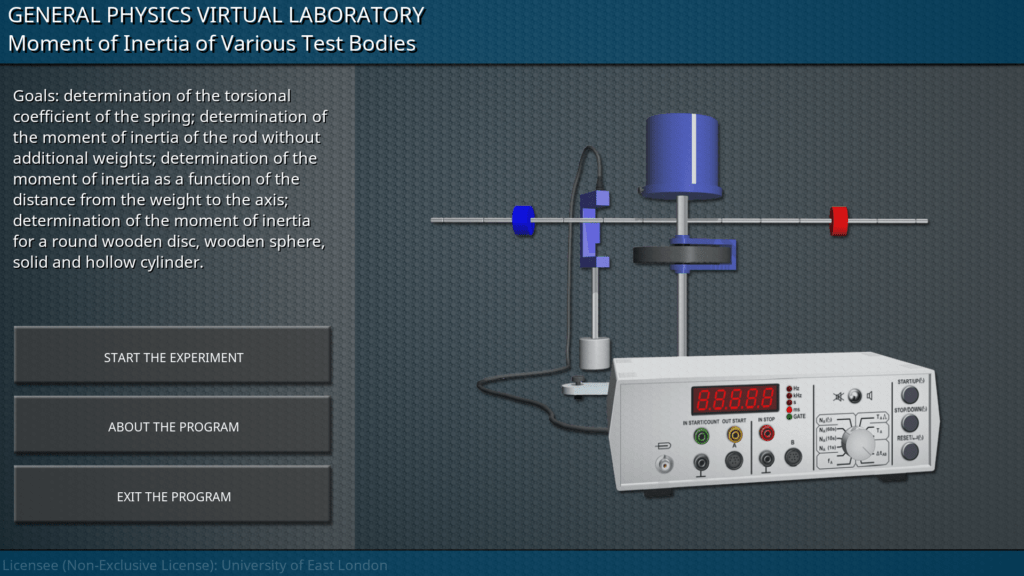)
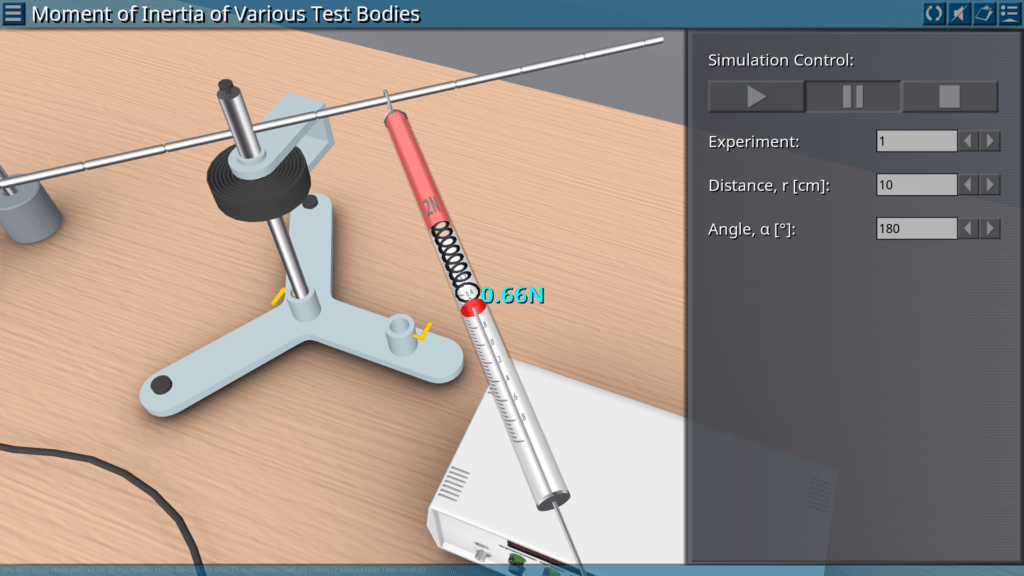)
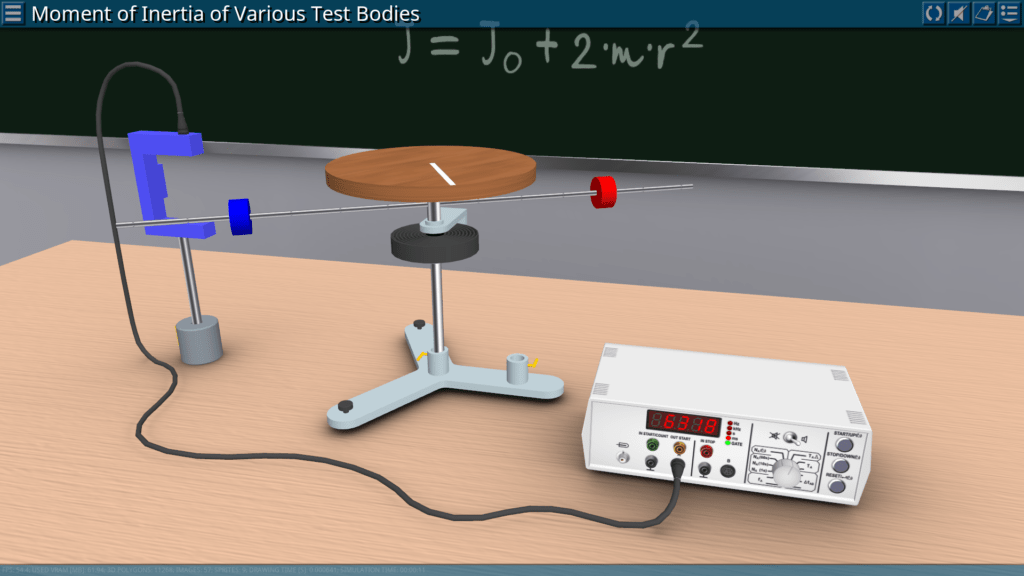)
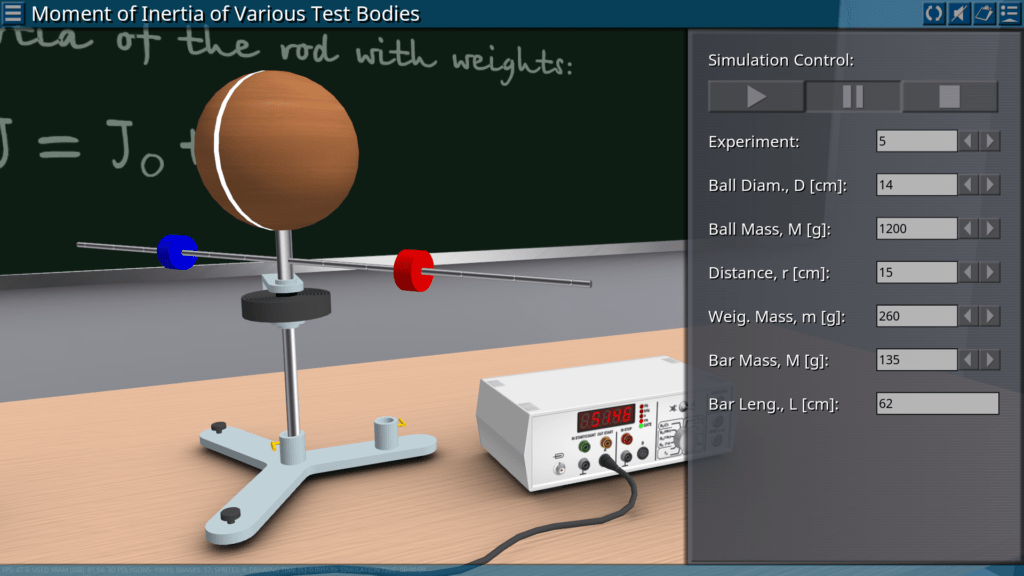)
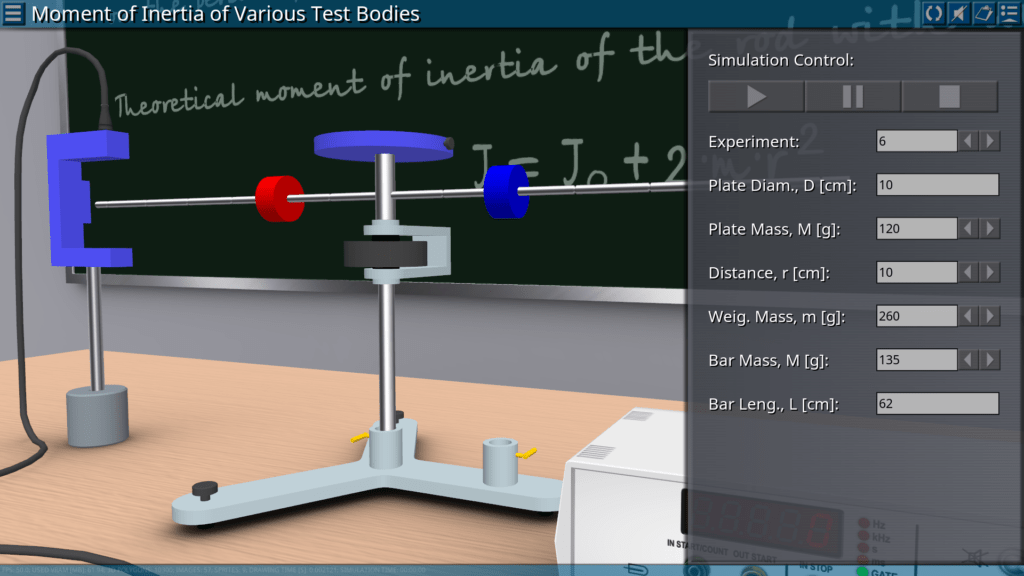)
)
Goals: plotting of distance-time and velocity-time diagrams for the first downward motion; determination of acceleration and moment of inertia of the wheel; determination of kinetic and potential energy when moving up and down; confirmation of the law of conservation of energy taking into account friction losses.
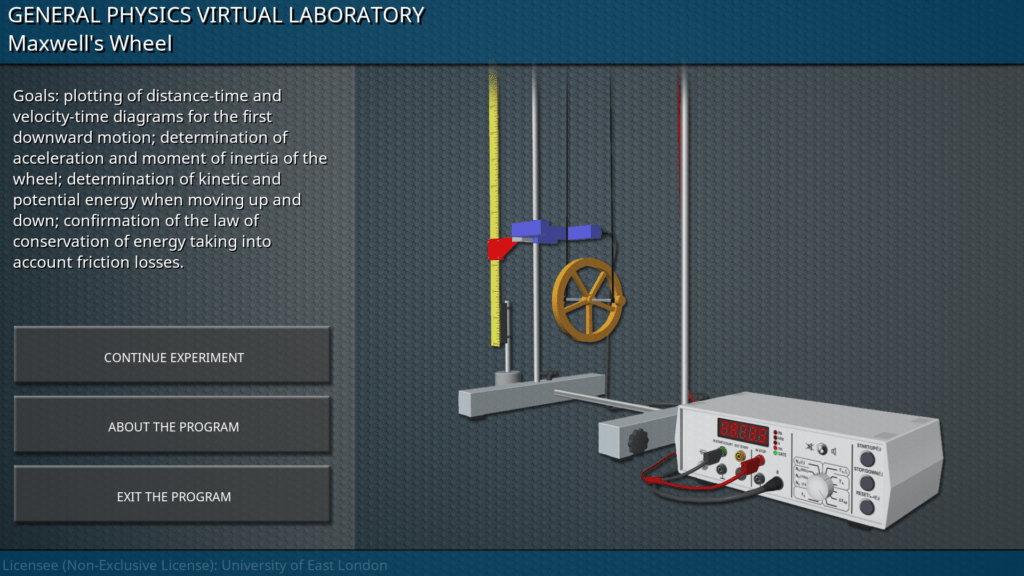)
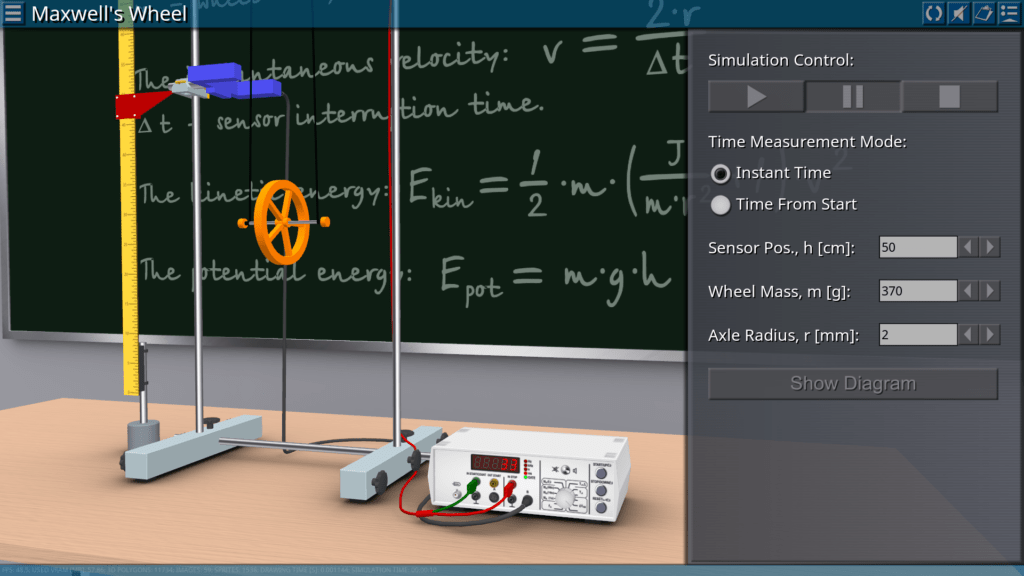)
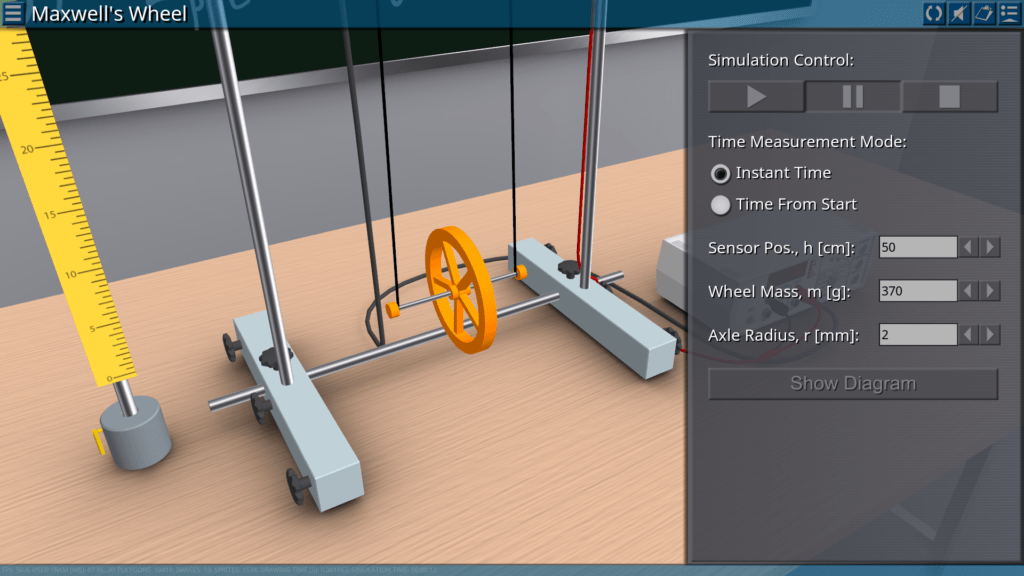)
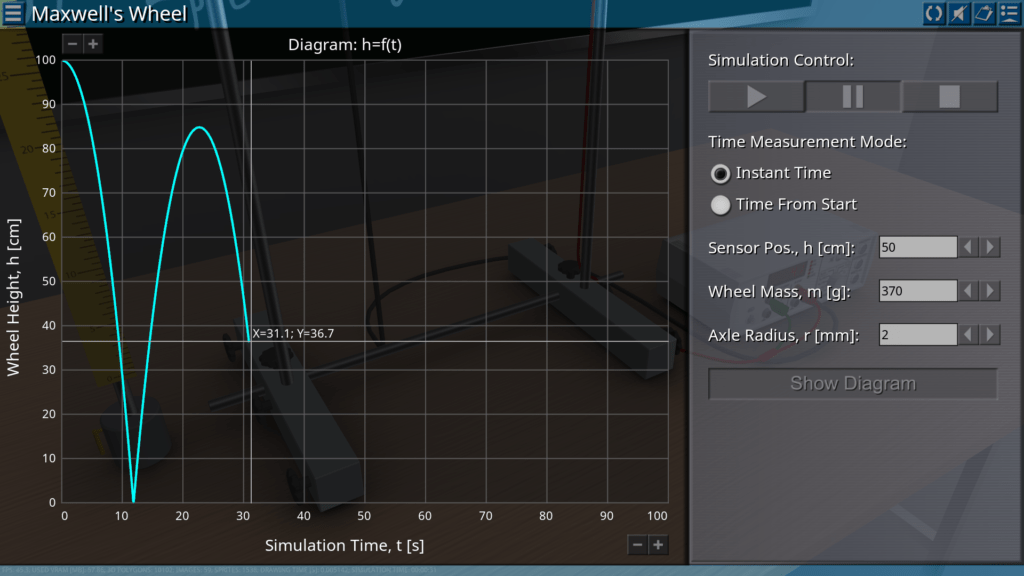)
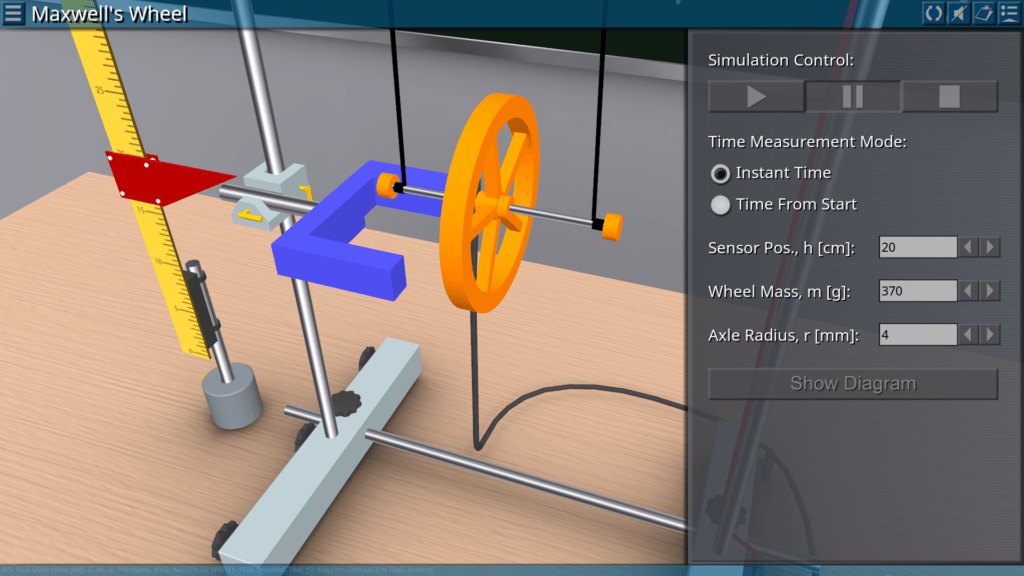)
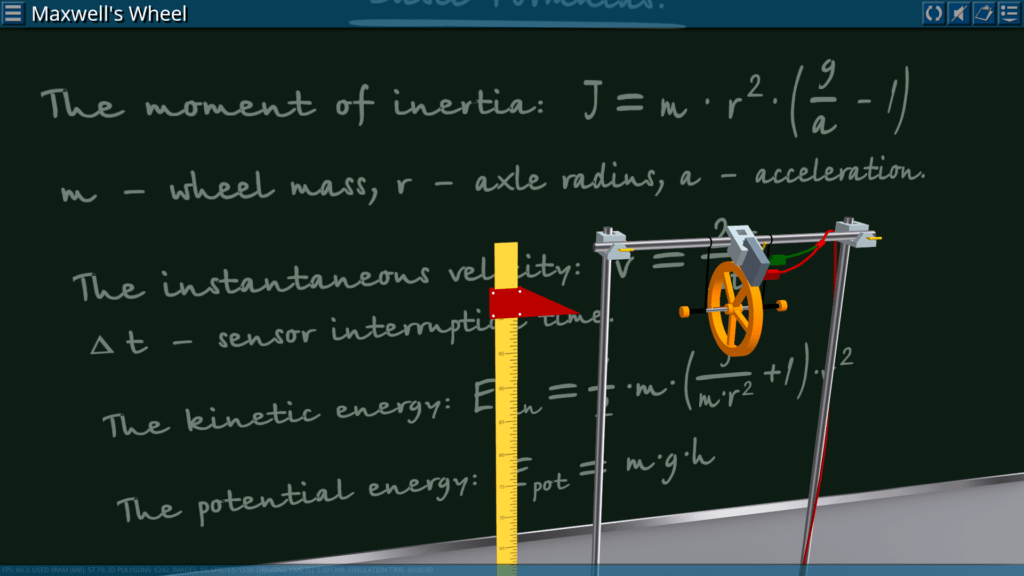)